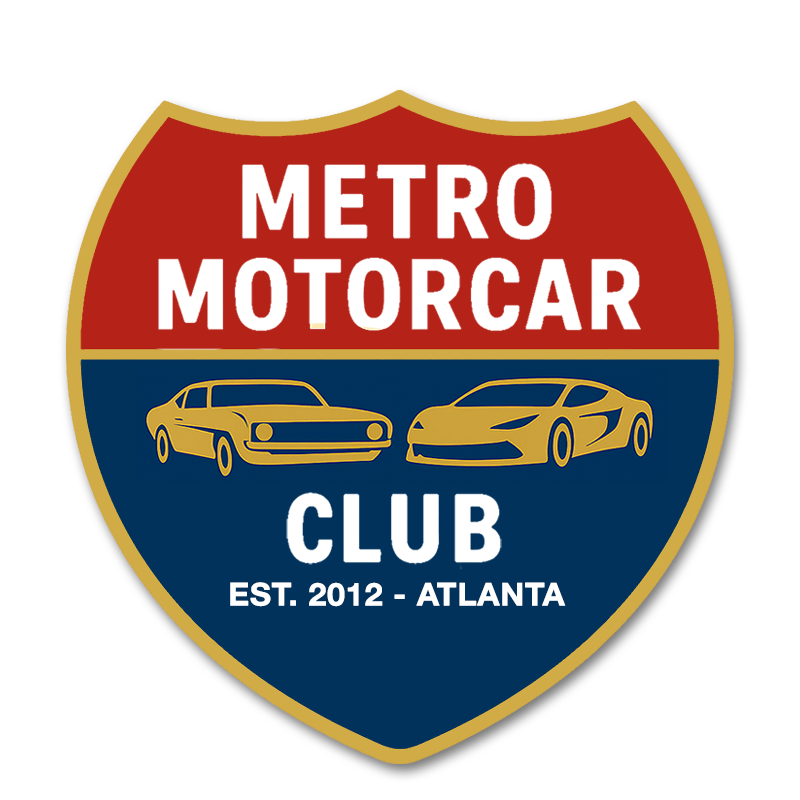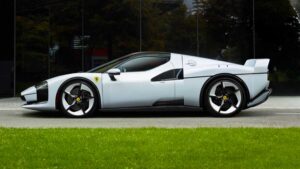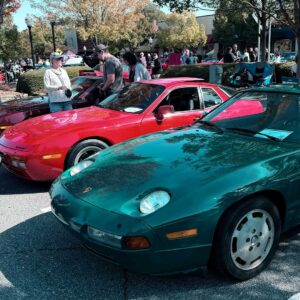There’s a moment early in the day at Luftgekühlt, when you step into the brick-lined courtyards of Durham’s historic American Tobacco Campus and realize this isn’t just another car show—it’s a sensory museum of stories. The smell of oil and roasted coffee mingles with the sound of boxer engines echoing off old factory walls. Each air-cooled Porsche gleams not only as a machine but as a memory.
This year marked the first-ever East Coast edition of Luftgekühlt, and for a few autumn days, the city of Durham transformed into Stuttgart-meets-Southern-hospitality.
A Brief History of Luftgekühlt
Founded in 2014 by Patrick Long and Howie Idelson, Luftgekühlt—literally meaning air-cooled in German—was conceived as a celebration of Porsche’s pre-1998, air-cooled era. What began as an intimate California gathering of vintage 911s and 356s has evolved into a global phenomenon. Each edition takes over a new architectural landmark—warehouses, shipyards, movie studios, and now, North Carolina’s tobacco warehouses—turning them into curated art spaces filled with automotive heritage.
Luft11 carried that same DNA but felt fresh: Southern charm meets Stuttgart precision. And like all Luft events, it wasn’t just about the cars—it was about the people who live and breathe them.
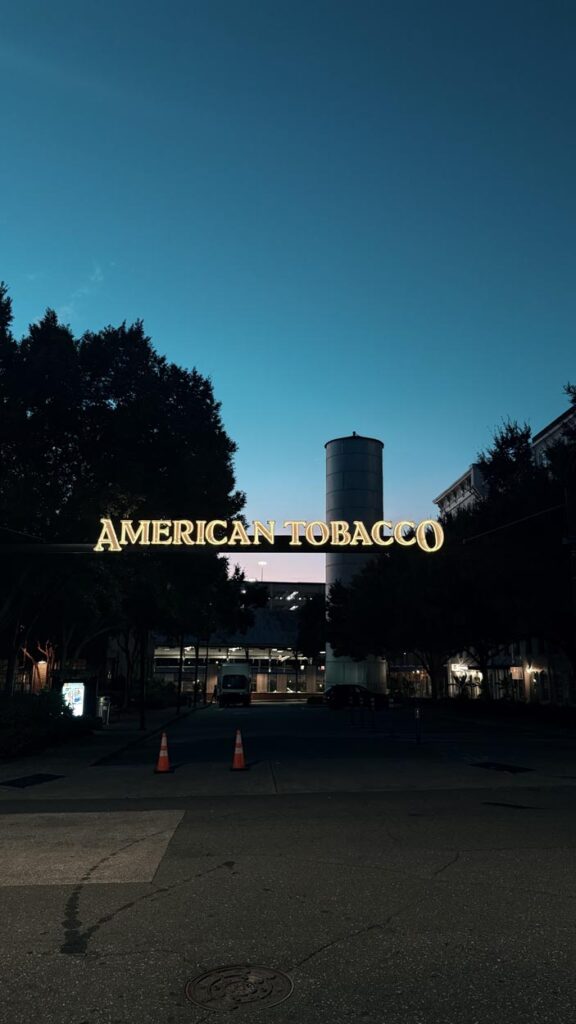
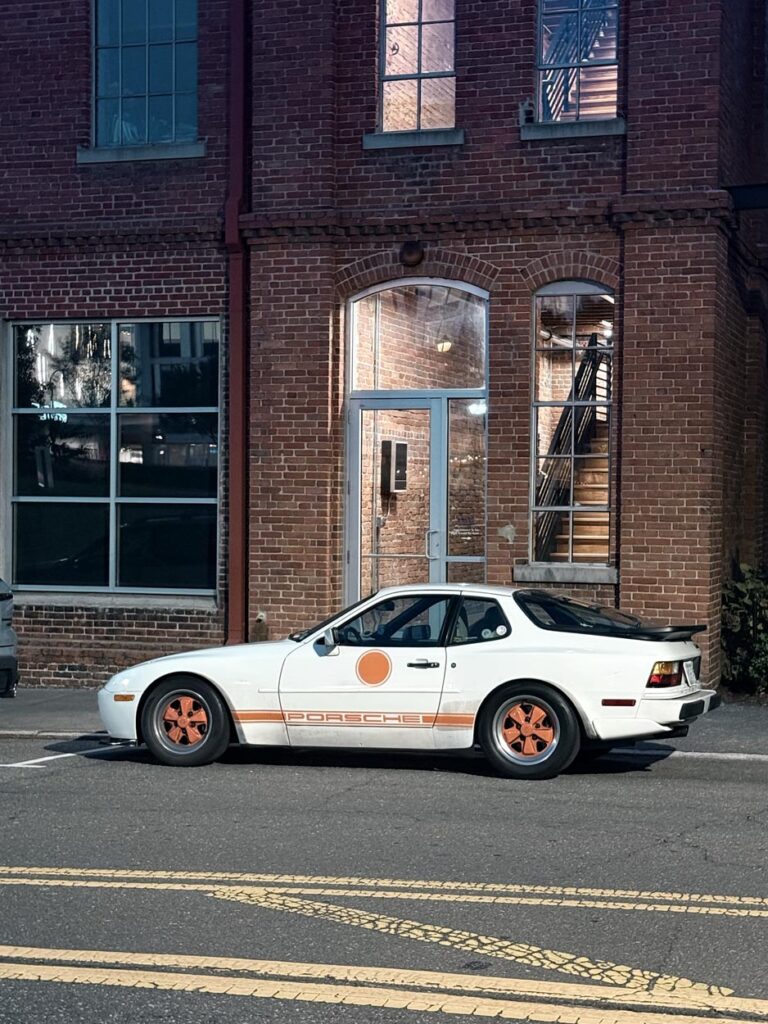
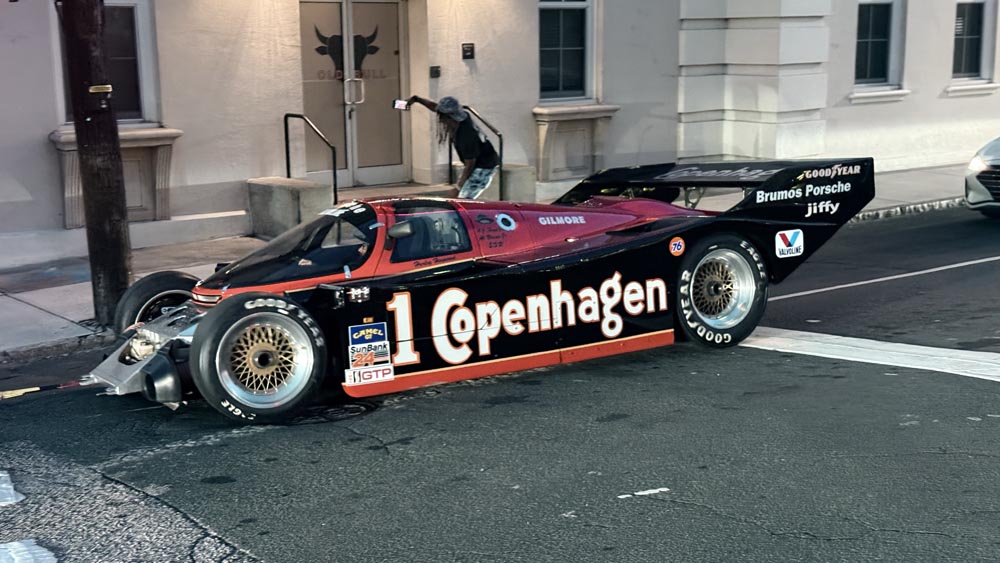
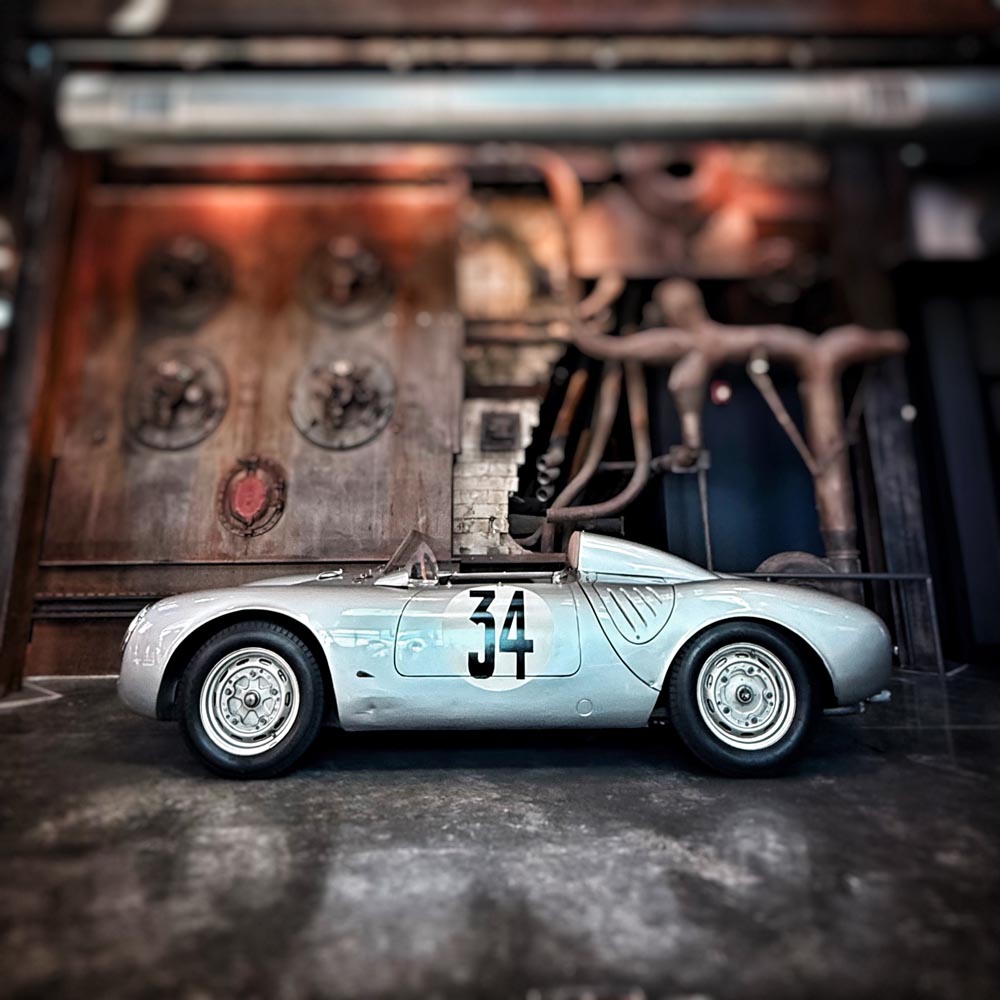
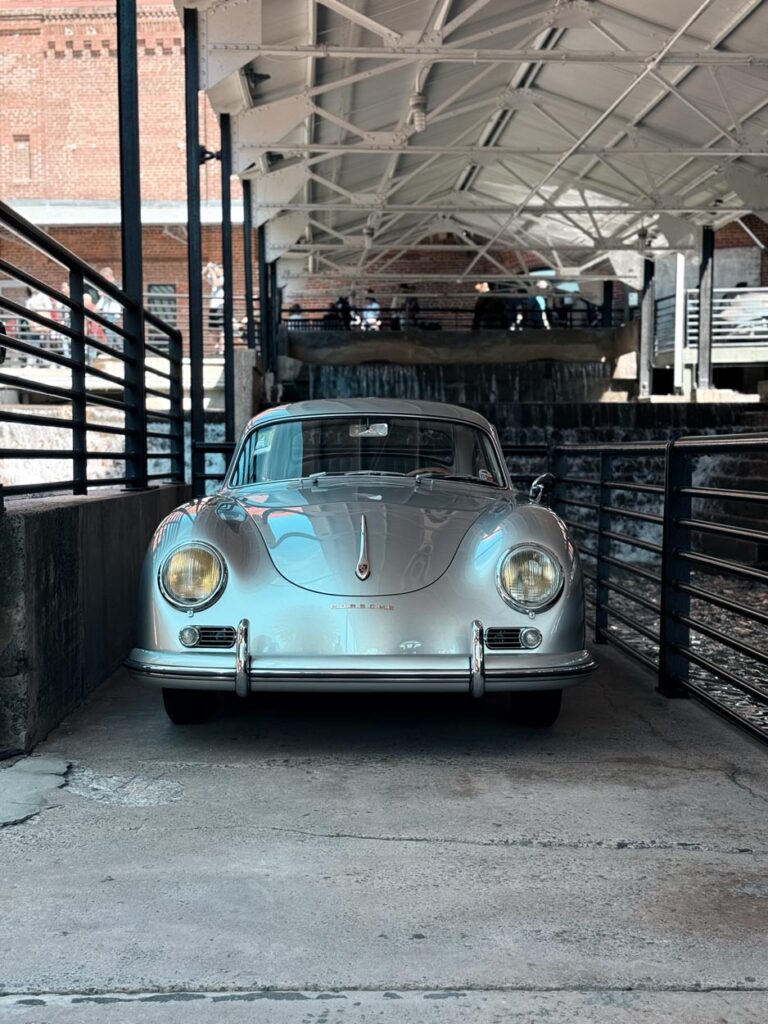
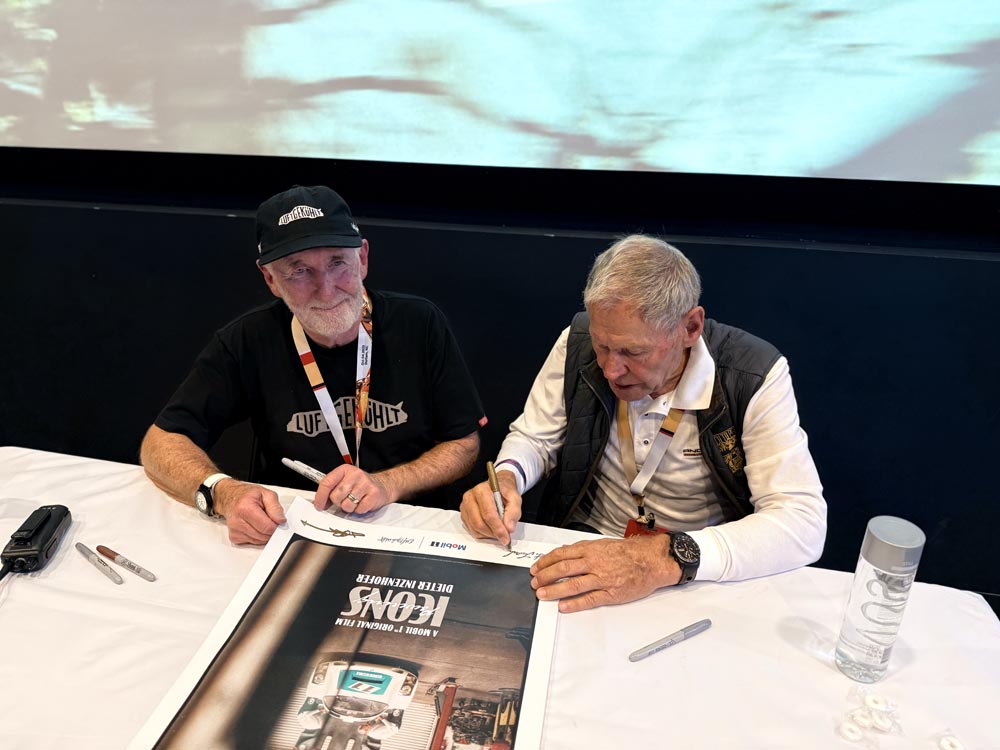
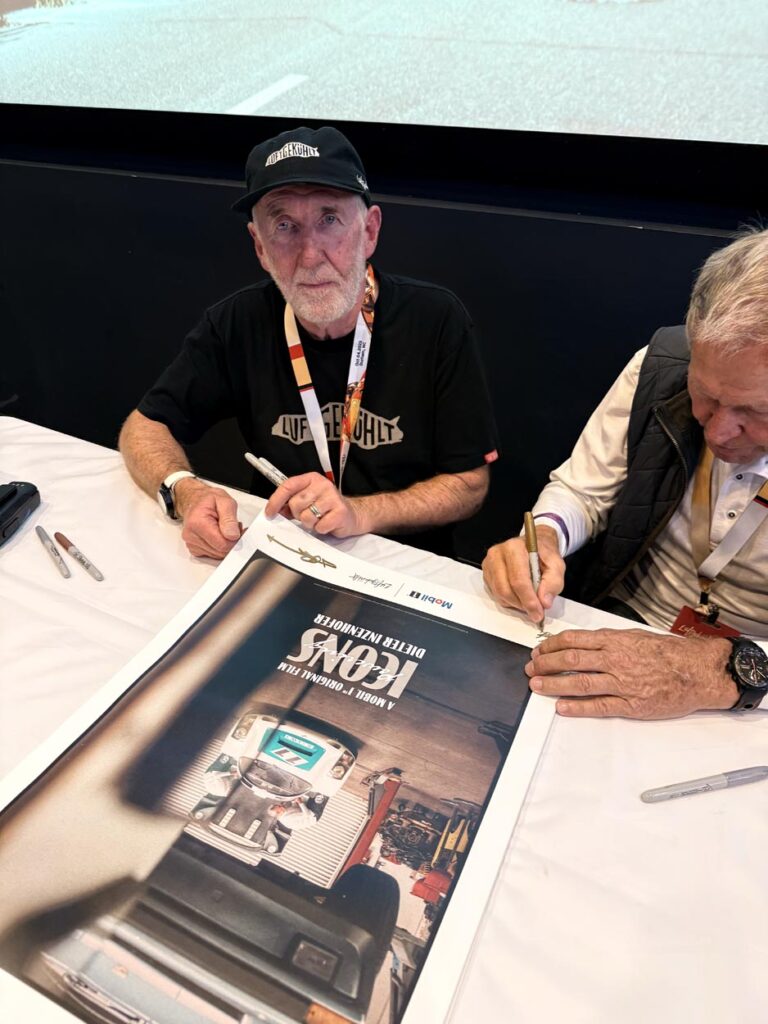
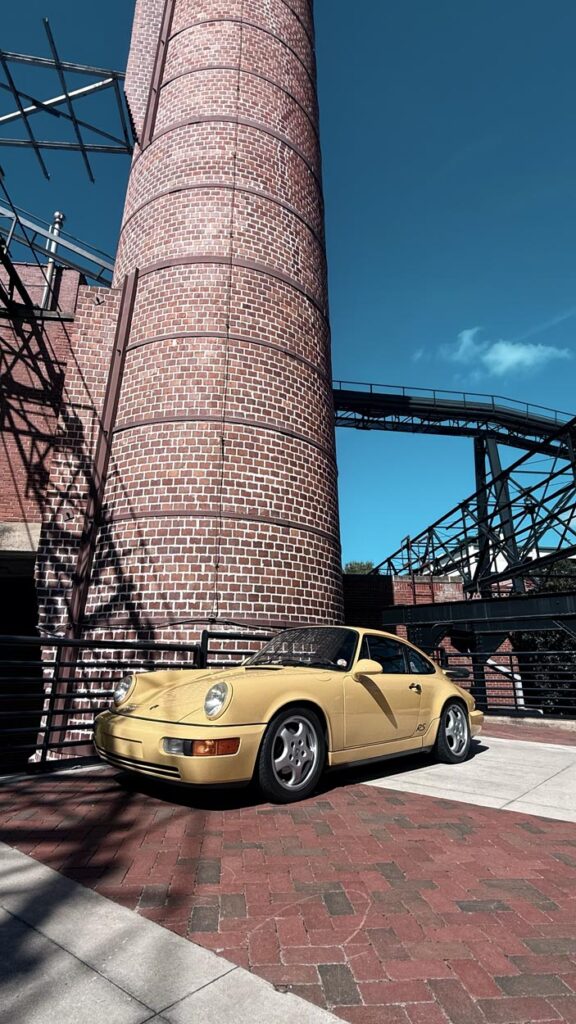

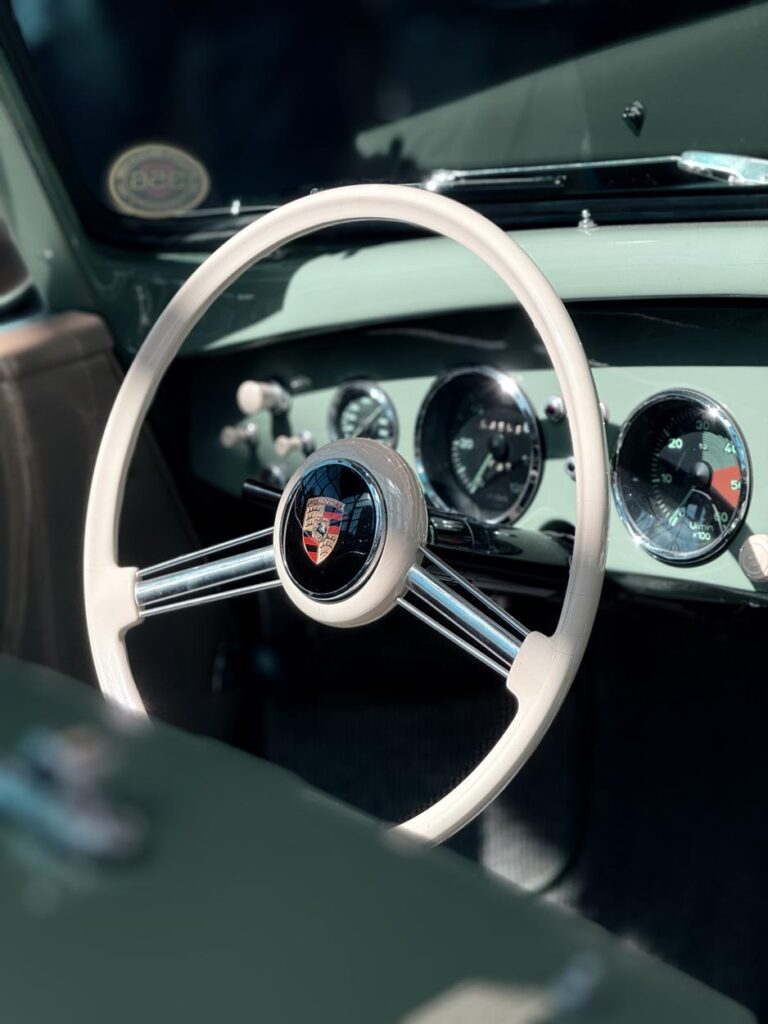
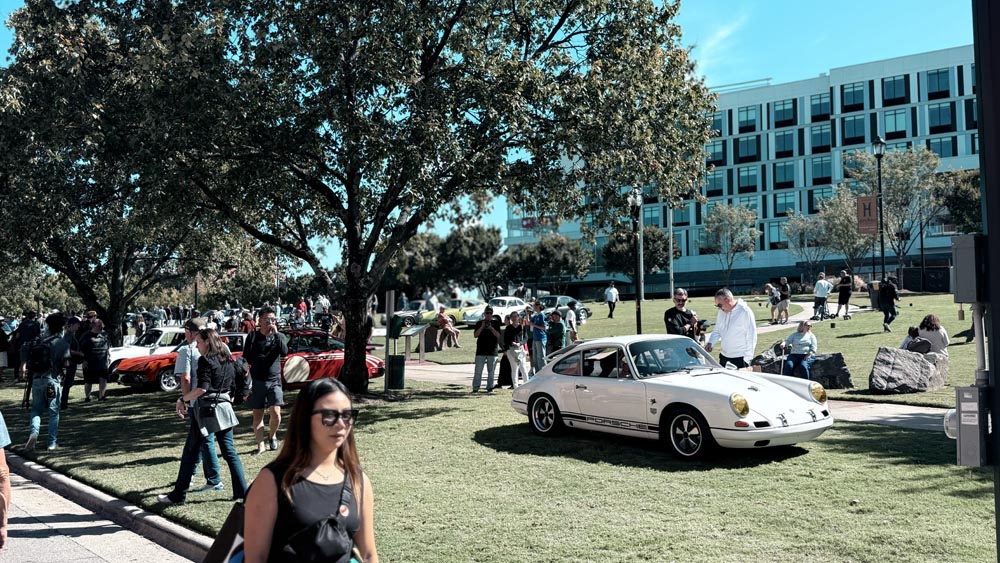


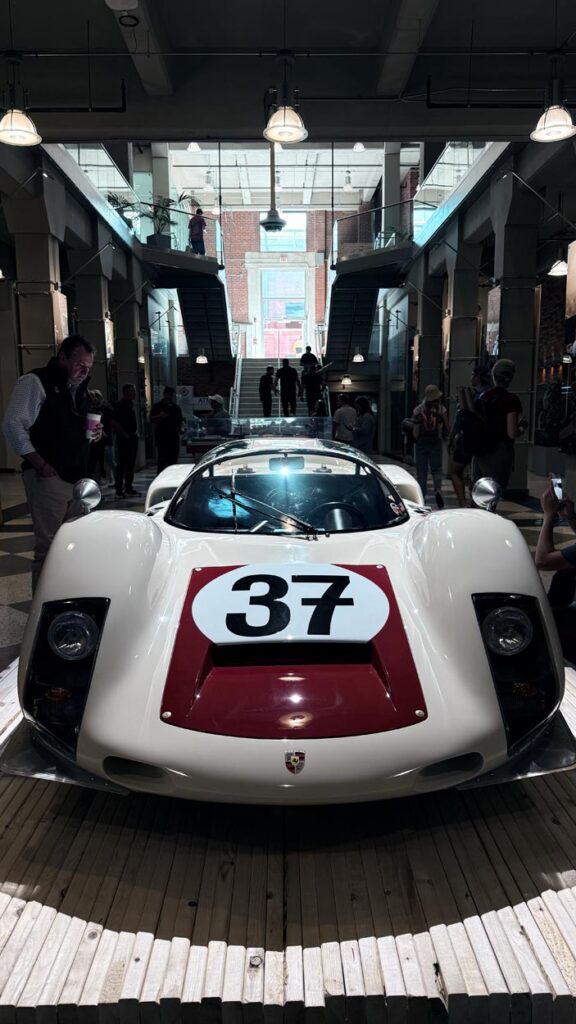
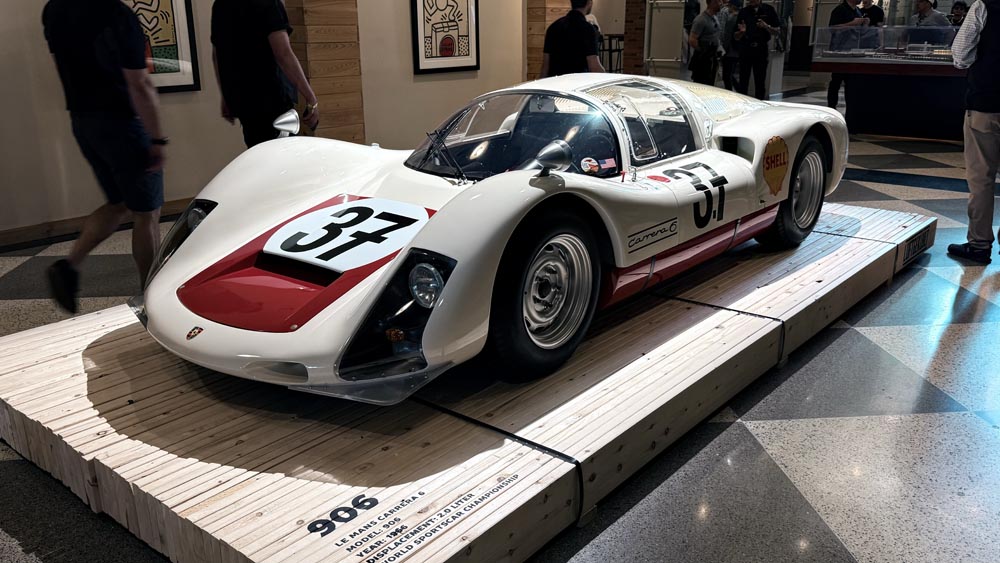
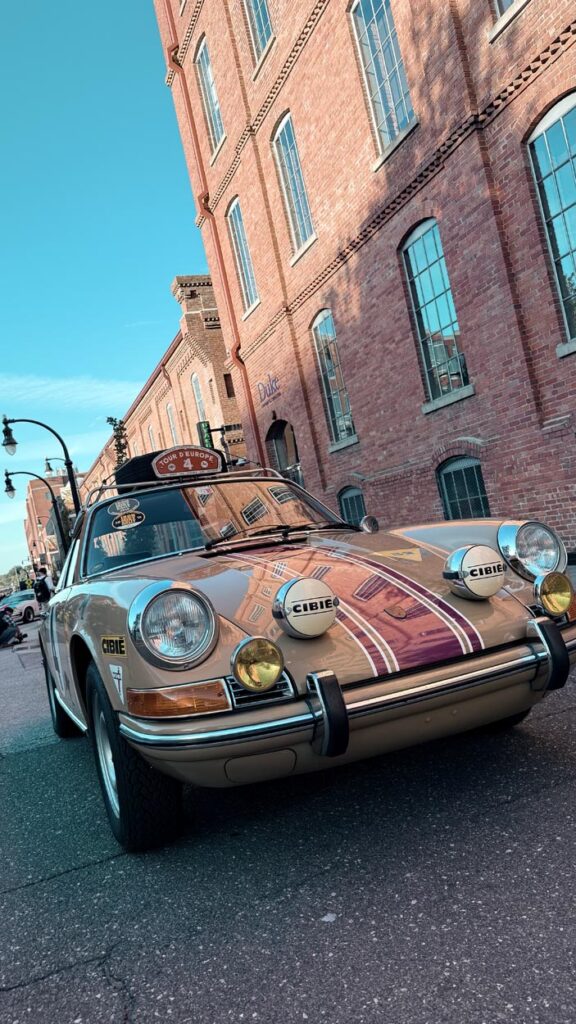


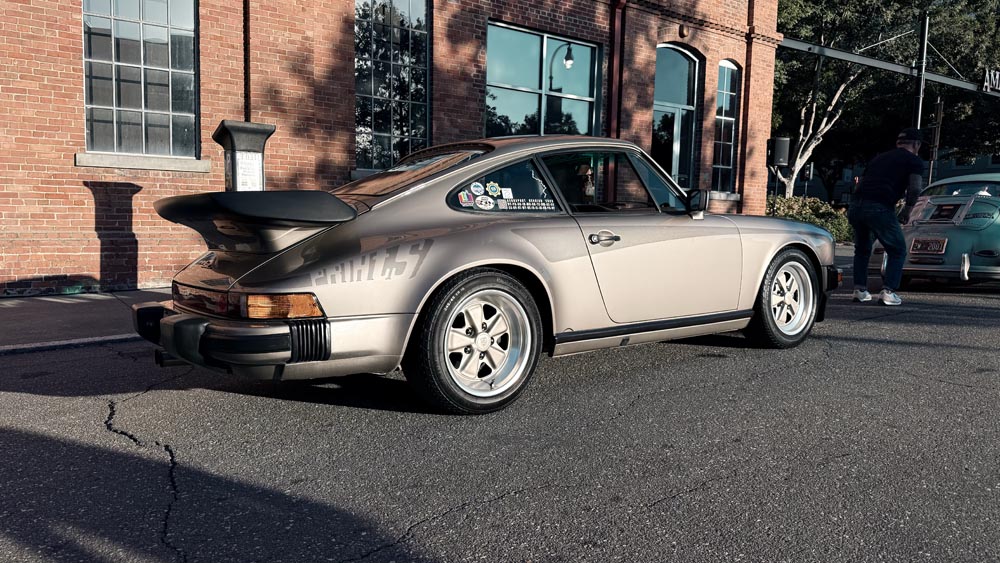
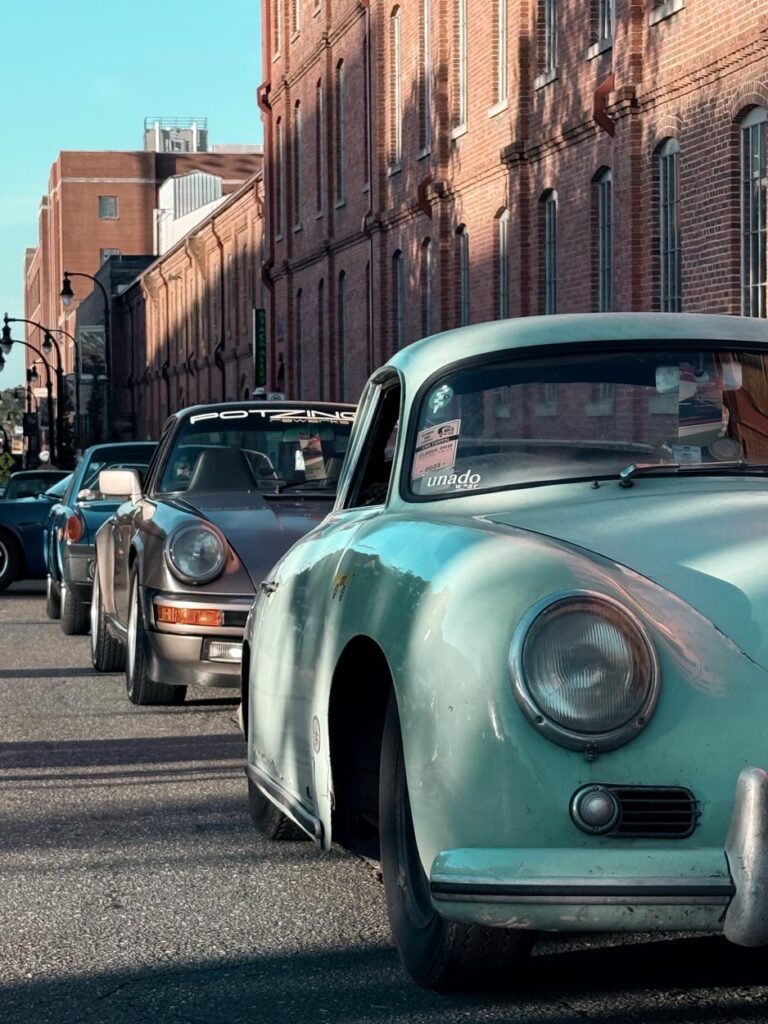
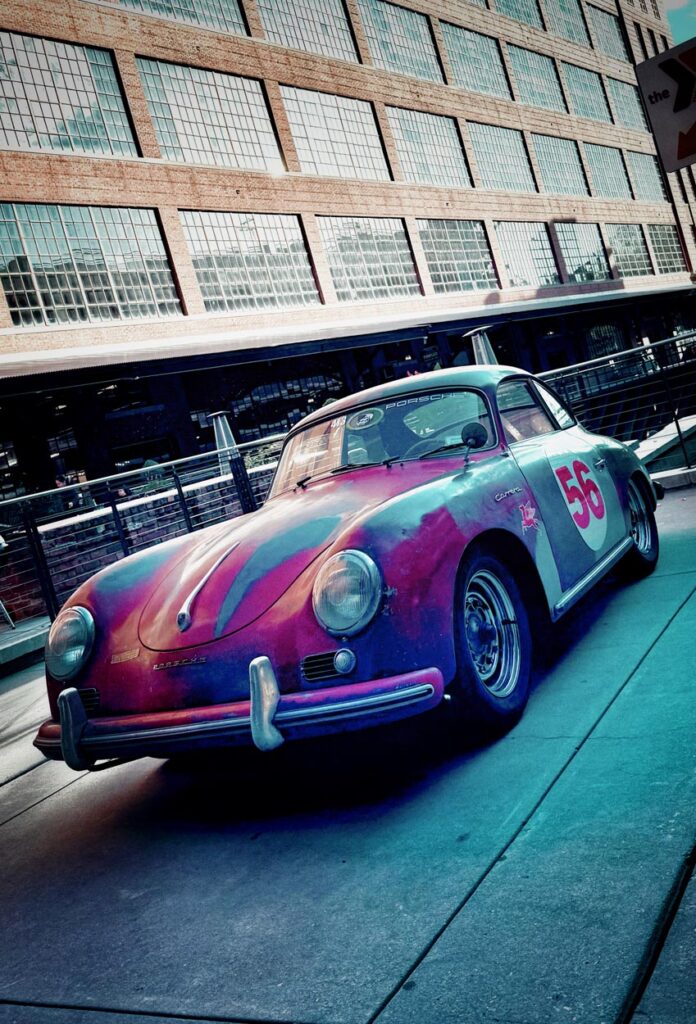
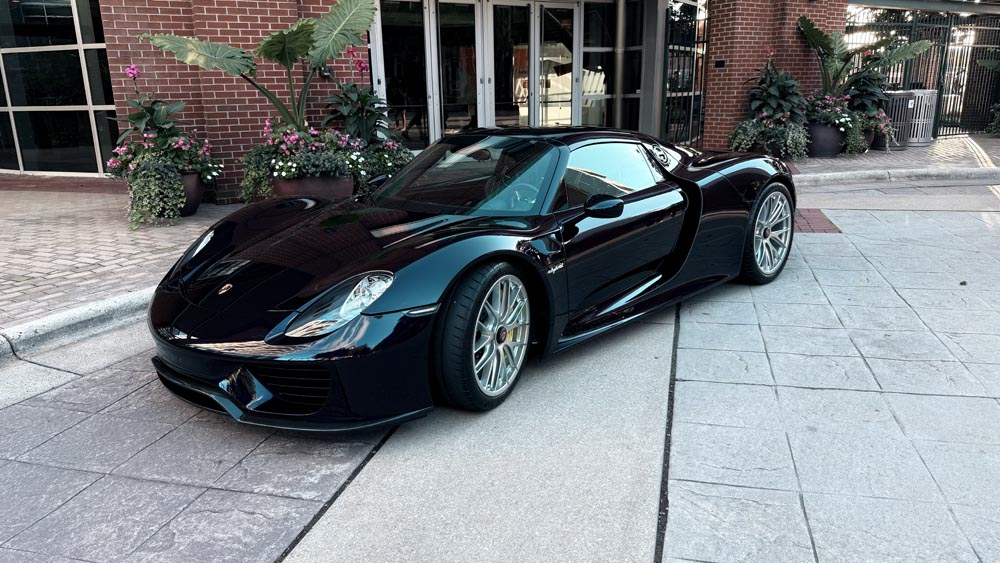
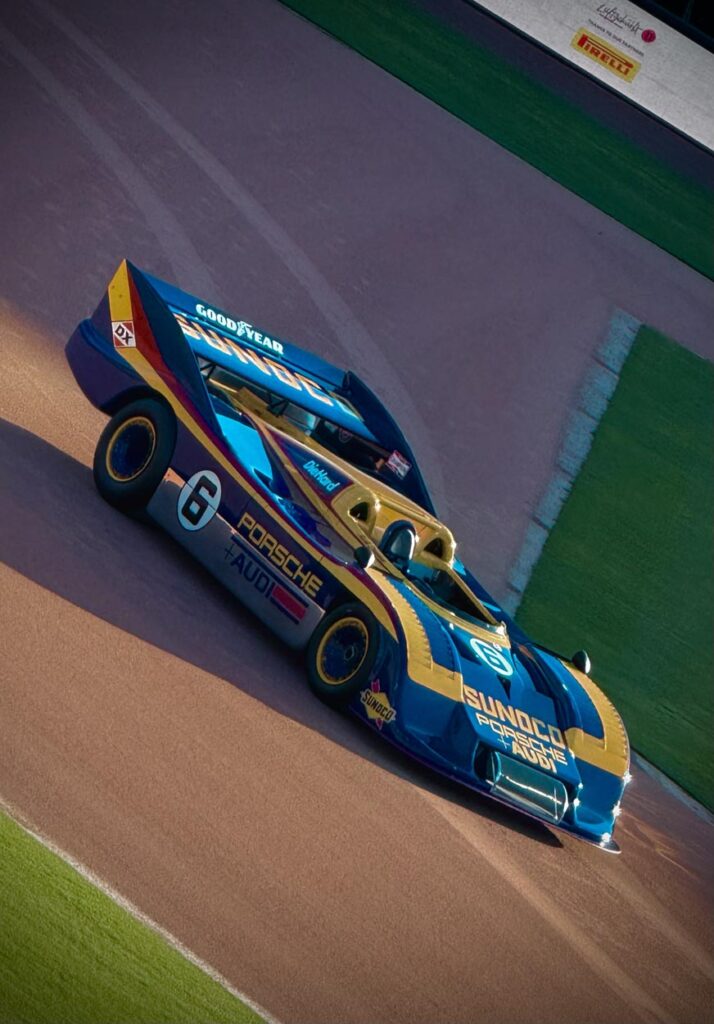

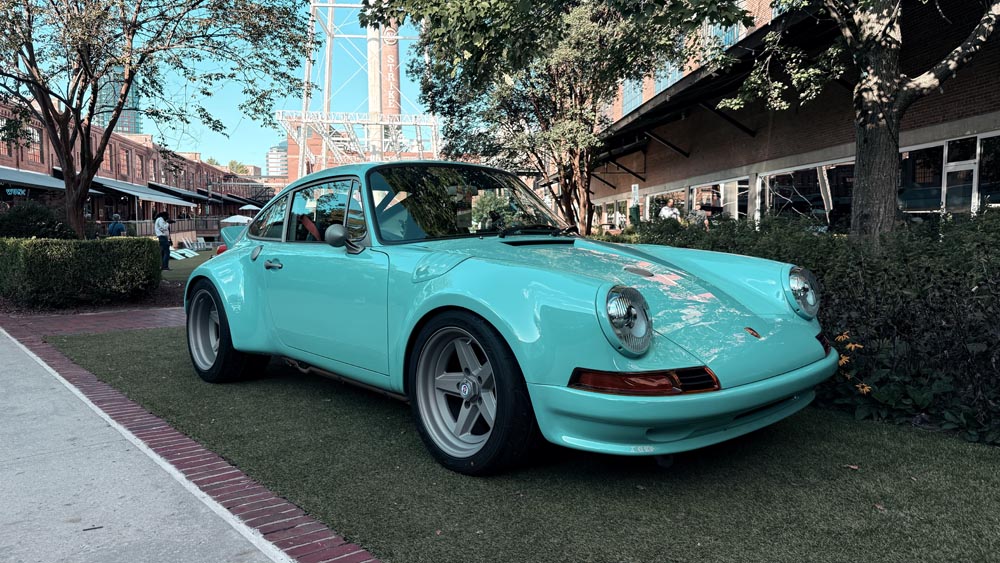
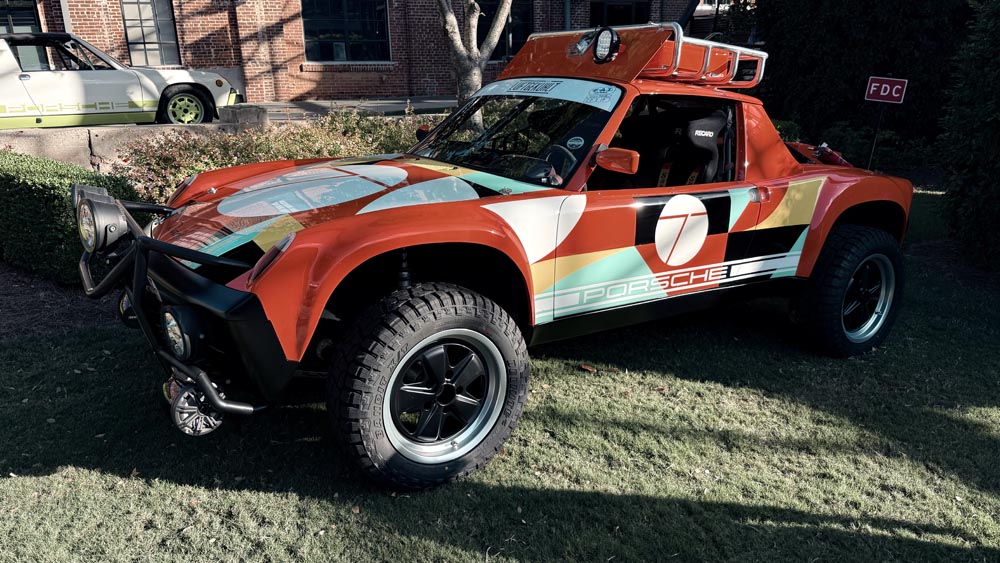
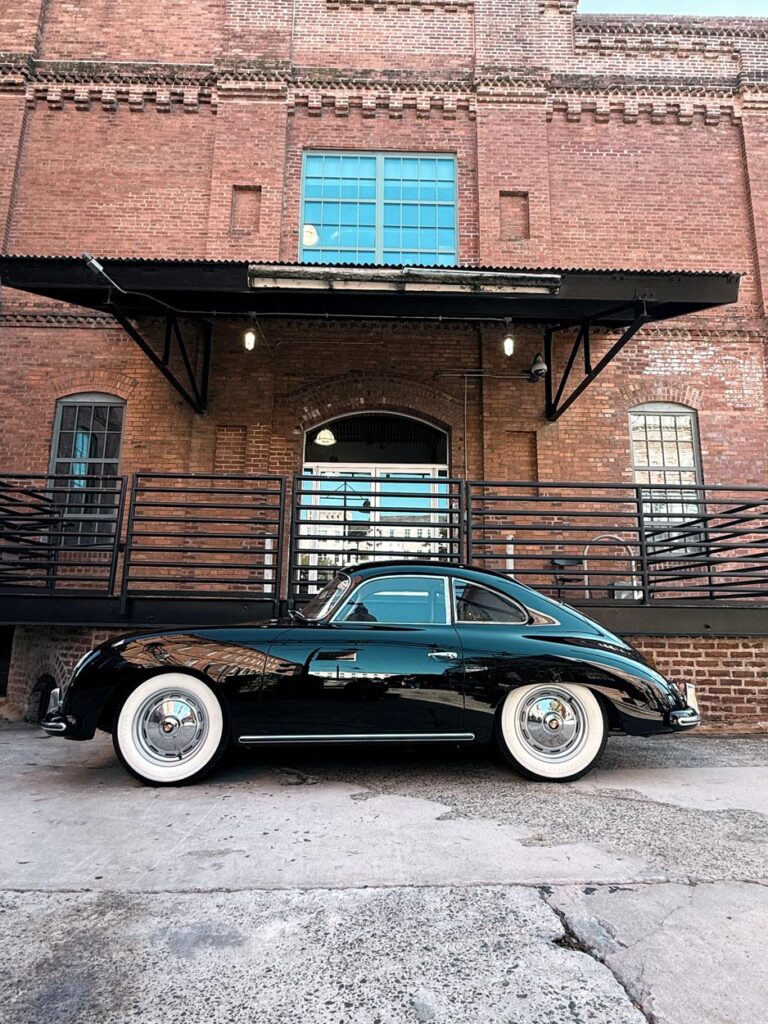

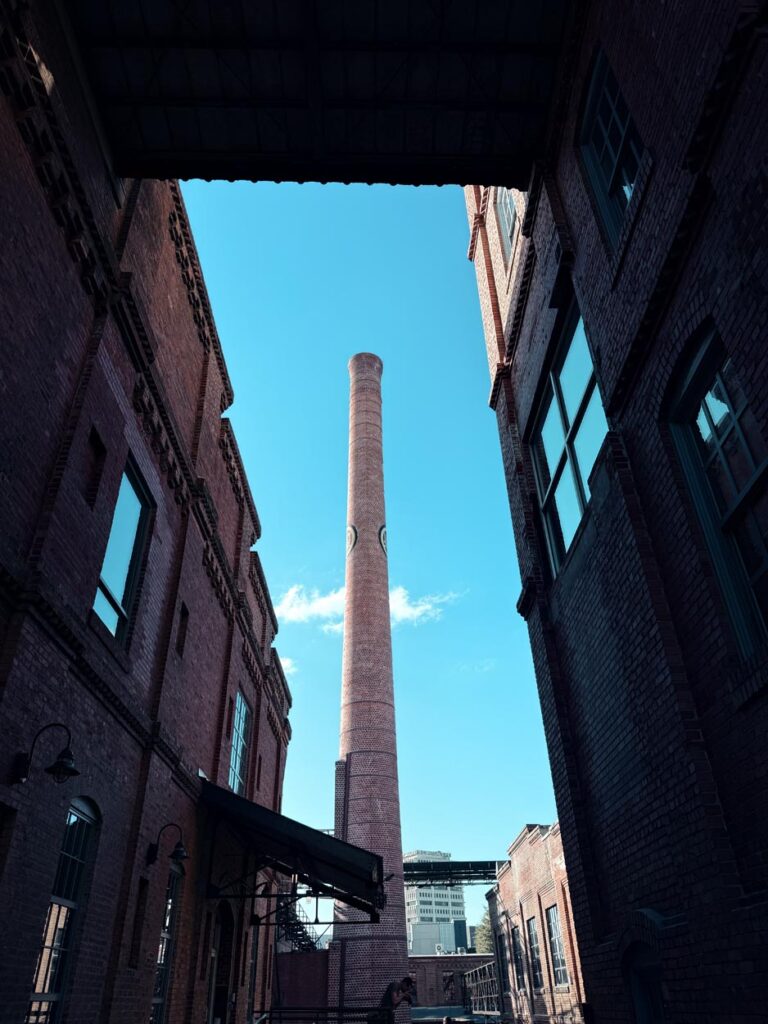
Legends, Builders, and Storytellers
One of the best parts of the weekend was seeing so many generations of Porsche culture represented—from race-bred icons to modern builders pushing boundaries.
I had the chance to meet Jeff Zwart, a man who embodies Porsche storytelling as both filmmaker and racer. His reputation from Pikes Peak International Hill Climb precedes him, but hearing him in person brought new depth. He talked about Luft as “a place where cars tell stories that connect generations,” and he couldn’t have been more right.
Later, we caught the Mobil 1 short film that profiles Jeff and his longtime mechanic—an emotional look at craft, commitment, and the delicate art of preserving Porsche’s racing legacy. You can watch it here: Mobil 1 – Jeff Zwart: Protecting History.
Right after, the stage shifted from filmmaker to racer as Bobby Rahal shared tales from the golden era of motorsport. His calm, understated delivery contrasted perfectly with the thunderous memories he described—how Porsche’s engineering precision shaped the way he raced and thought. Behind him sat his personal 904 Carrera GTS, its silver curves glinting under warehouse lights. The crowd hung on every word; it was a masterclass in storytelling through both metal and memory.
Nearby, the younger generation was well represented too—Graham Rahal Performance had brought several of their meticulously crafted builds. Their cars blended performance innovation with reverence for the air-cooled lineage. Talking with their team about the craftsmanship behind these projects revealed how the spirit of motorsport lives on—not in nostalgia, but in evolution. They’re taking the air-cooled ethos forward, reimagining what these machines can be while staying true to their roots.
That was the beauty of Luft: Jeff Zwart chronicling the past, Bobby Rahal representing its glory, and Graham Rahal Performance shaping its future—all within walking distance, all in one day.
The Experience
Wandering the American Tobacco Campus, it felt like Porsche had taken over a living, breathing museum. Brick archways framed 356s and 911 STs like art installations. Shafts of sunlight poured through high windows onto freshly polished Fuchs wheels. Every corner offered something new—rally-spec Safari builds, long-hood 911s, 964 RSs, and even the occasional outlaw hot-rod.
But what made Luft11 unforgettable wasn’t perfection; it was authenticity. Some of the best stories came from owners standing beside weathered 912s, telling tales of road trips and late-night restorations. You could feel the pride and the fingerprints on every car.
Crowds gathered for the 30th anniversary tribute to the 993 generation, the last of the air-cooled era, while nearby a group of kids stared wide-eyed at a 917 replica, cameras in hand. The generational bridge was complete—living proof that Luftgekühlt isn’t just preserving history; it’s building community.
People Over Paint
For all its star power and rare machinery, Luft’s greatest strength lies in its atmosphere. There’s no velvet rope or exclusivity. Instead, there’s shared admiration—builders, racers, photographers, and fans trading stories over espresso and exhaust notes.
That inclusive energy echoed through every conversation I had, whether it was with the Niche Motors crew from Nashville—garage guys turned boutique builders—or a couple who’d driven from Vermont in a slightly dented 964 Targa just to be there.
Everyone’s reason for attending was different, but the feeling was the same: belonging.
Why It Matters
Events like Luftgekühlt remind us why we fell in love with cars in the first place. They bring the analog and emotional back to a world that’s increasingly digital. They celebrate imperfections as much as precision, and community as much as craftsmanship.
As I left Durham, the sounds of flat-six engines still echoing in my mind, I realized Luft isn’t about horsepower or rarity—it’s about connection.
It’s the filmmaker, the racer, the builder, the fan—and every person who’s ever turned a wrench or dreamed of owning one of these cars—all finding common ground.
And that’s why I’ll be back.
